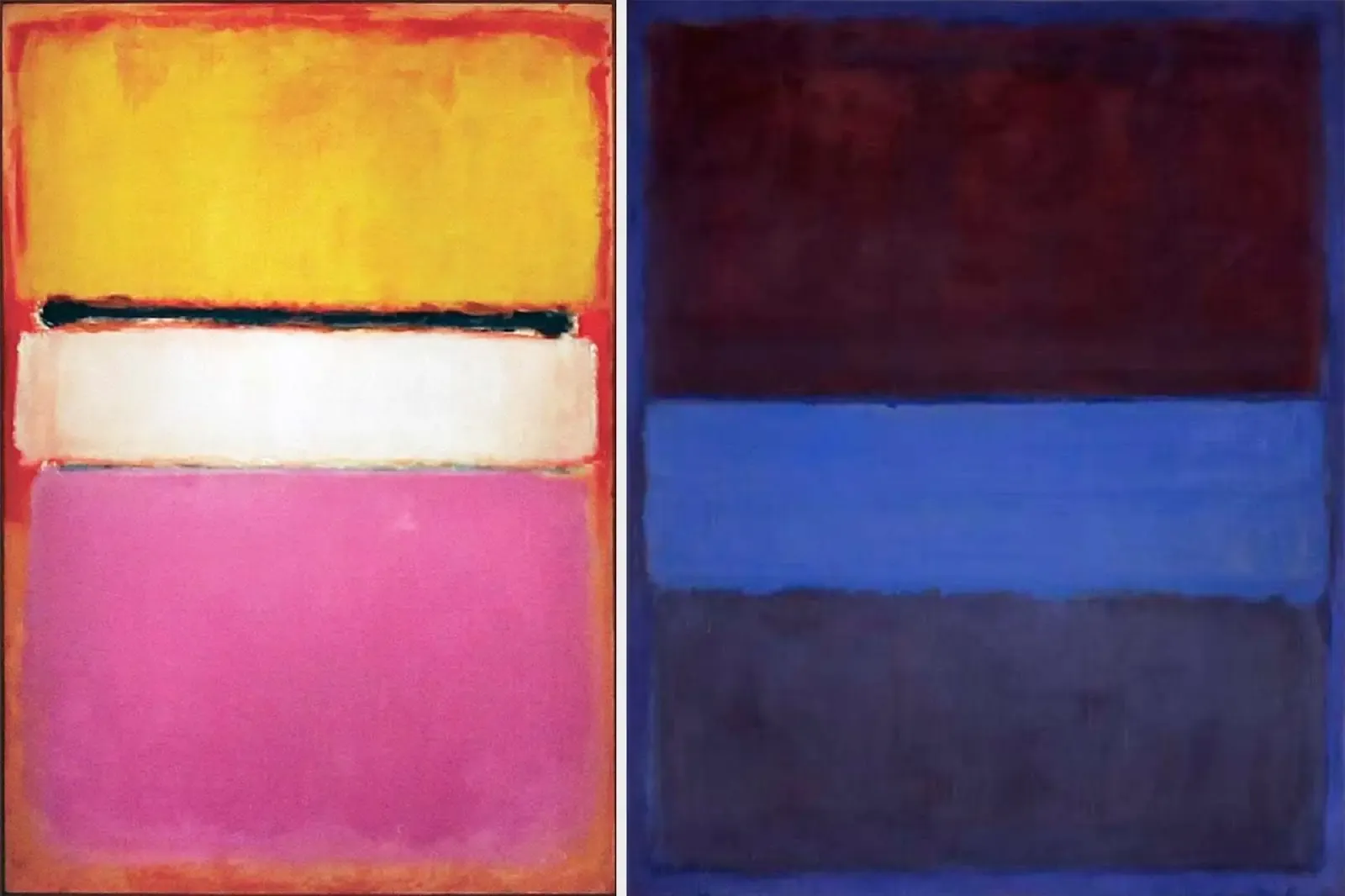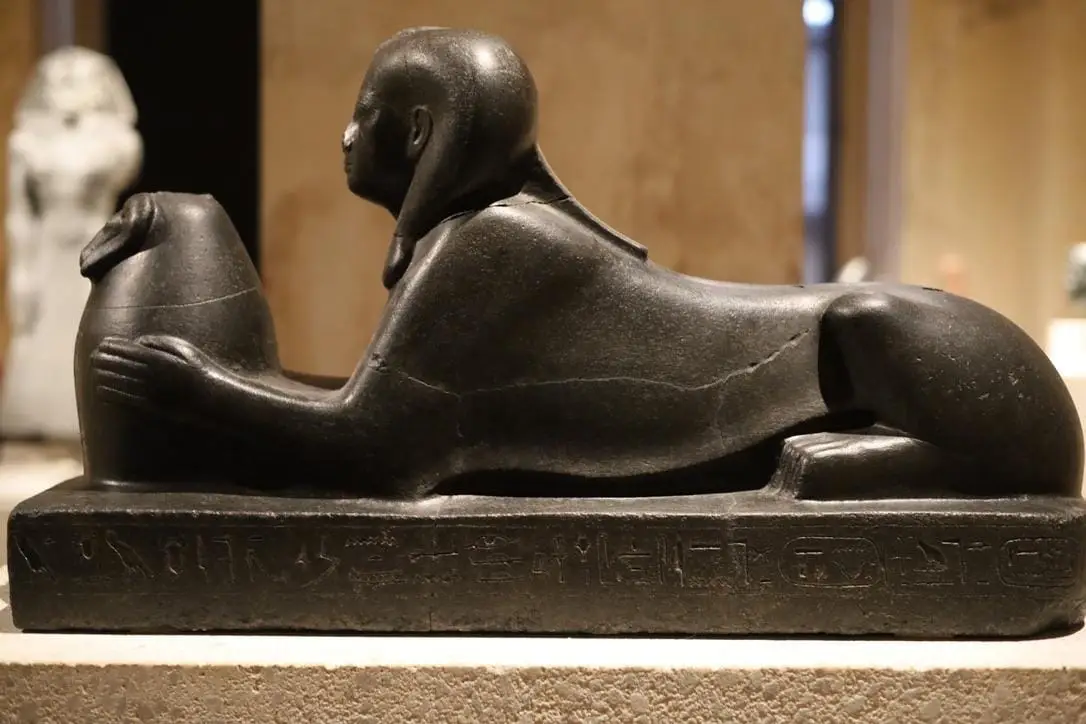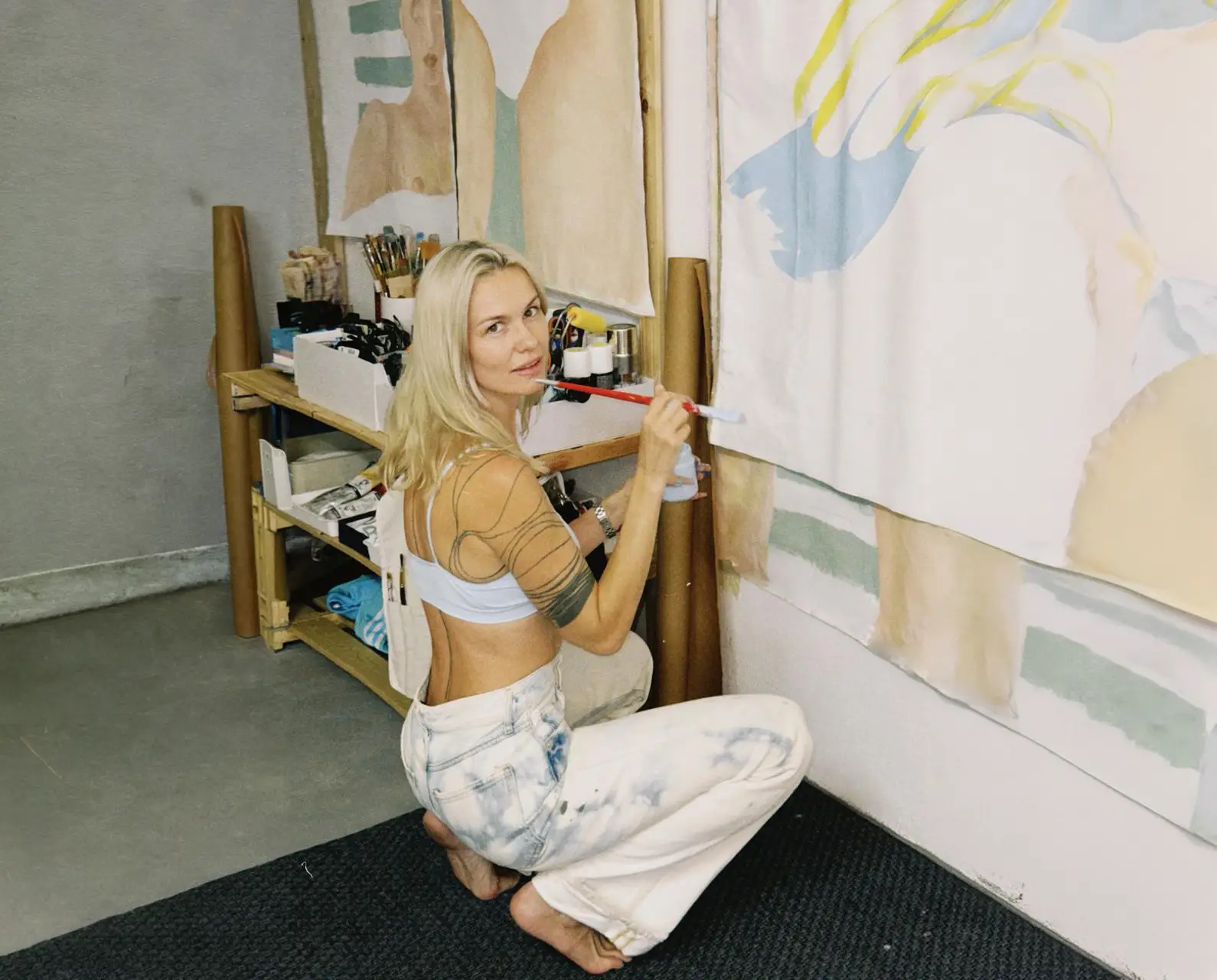When Canvas Speaks: Writing Artwork Descriptions That Resonate
Imagine standing before a painting you can’t decipher. A great artwork description bridges that gap, giving viewers keys to enter the work’s world. Collectors and viewers often appreciate art more when they know its “story”. An engaging description can spark curiosity and make an abstract concept feel tangible. In a way, it’s part of the artwork’s creative process – the words are another brushstroke.
Contemporary artists often juggle image and explanation. A short, vivid description can draw a viewer into the canvas. Conversely, a lifeless caption or missing description risks leaving readers confused. As one art platform advises, “the more information that you provide in your artwork description, the better”. In other words, give the reader something to hold onto. But good writing means being selective – focus on the essentials and omit filler.
Know Your Audience
Before you write, ask: Who will read this? A museum curator, a gallery patron, an Instagram follower, or a first-time art buyer – each has different needs. Art analysts or critics may want context about technique and influences, whereas a casual viewer might want a quick story or emotion. The same description might be too dense for one reader and too shallow for another. One guide urges artists to “reach the ordinary person who knows nothing about art”. Think of yourself addressing both art-savvy readers and novices at the same time.
Tailor the tone accordingly. If your description will appear in a museum catalog or academic journal, a more formal tone with specialized terms might be fine. If it’s on social media or an online shop, a friendlier, energetic tone often works better. Either way, avoid assuming too much knowledge. Use plain language for complex ideas. (For instance, instead of “chiaroscuro” say “contrasting light and dark” or link the term to a glossary for curious readers.) Subjektiv Art’s own content often uses a conversational yet precise style – a good model to follow.
Narrative and Context
Every piece has a story: an inspiration, a memory, a style. Begin your description by sharing that spark. Try, in practice, to answer simple questions. Why this subject? What do you want viewers to feel/think about the piece? Why this technique or style? Answering these basic questions will turn facts into narrative. For example, “Inspired by autumn walks, this painting started with my love of color. I wanted viewers to feel the stillness of falling leaves.”
Recommendations often call for a two-part format: the “story” section, then the “facts” section. In the story section, write in the first person. Be concise, vivid, and personal without sounding pompous. You can describe a process or feeling: “layering in this work helped me capture the chaos of urban life. I want viewers to feel its frenetic energy, but also the pauses in between.” This part of the description should be “you” – your thoughts, mood, personality – a mini-story about the piece.
Context also means broader background: mention if the work is part of a series, or connected to a certain theme or movement. For example, is this canvas the first in a dreamlike series? Does it relate to an event, a chapter in your life, or a historical moment? Including this context helps readers place the art in a bigger frame. A guide on writing descriptions notes that knowing an artwork’s history or meaning lets viewers “connect with it more deeply and meaningfully”. Even a sentence or two of context can transform a vague scene into a vivid encounter.
Essential Details and Facts
After the narrative, shift to concrete facts. This is the “bare facts” section. Here you list the practical details a buyer or researcher might look for. Include at least the title, medium, dimensions, and creation date. (If it’s on Subjektiv, the platform often asks artists to fill these fields.) Also mention any special techniques or materials: for example, “mixed media on canvas,” “handmade paper with natural dyes,” or “3D-printed polymer.” These details help viewers visualize and categorize the piece.
Other useful facts include framing or installation notes: Is it framed or unframed? How should it hang? Is any hardware included? If it’s a sculpture, note whether it comes with a pedestal or base. Also say if the work is part of a limited series or a one-of-a-kind. A practical tip: great descriptions answer questions like “What type of surface was the work created on (texture)? … whether hanging hardware is included”.
These factual points don’t have to be in prose form; they can be simple bullet points or a short list at the end.
Such lists make the description scannable. Buyers especially appreciate this clarity. As one online gallery advises, covering “every possible factor the customer could wish to know” is worth the effor. Once you write these details, you can often copy the format for similar works, just changing the specifics.
Clarity, Tone, and Voice
Word choice matters. Clarity should be paramount: use simple sentences, define any jargon, and avoid overly technical language unless the audience demands it. It’s easy to veer into art-babble (“juxtaposition,” “gestural abstraction,” etc.), but always check if a reader will understand your phrasing. When in doubt, imagine you’re explaining the artwork to a friend who knows nothing about art history. This keeps the tone accessible and friendly. As an art marketing guide emphasizes, “Never make the content too technical or complex to read,” since that will just “make your audience shy away”.
Be yourself. It’s fine to write in the first person sparingly (“I created this…,” “in my experience…”), especially in the narrative part. A warm, modest tone can even include a light joke if it fits the artwork (for example: “I’m still surprised this actually looks like a dog!” for a quirky piece). But avoid anything that distracts from the art itself. The humor should be gentle and art-related, never a gimmick. The most important voice is that of the artwork – your words should reflect its mood. If the painting is moody and quiet, your description might be poetic and soft; if it’s bright and bold, your language can be energetic.
Proofread carefully. Spelling or grammar mistakes can undermine an otherwise lovely description. After writing, read your text aloud. Does it flow? Does each sentence clearly add information? If something feels rambling or overly wordy, trim it. Remember, your goal is to guide, not to overwhelm.
Length and Structure
Keep it concise. Even though there’s a lot to say, viewers typically spend very little time reading. One study found museum visitors glance at a new artwork for only about 27 seconds on average. Your description needs to make an impact in that span. Aim for 150–200 words total if possible (roughly one or two brief paragraphs). Short, crisp paragraphs are easier to skim and remember.
Structure your text clearly. One effective approach is: a brief opening sentence or two that hooks the reader (an intriguing idea or image), followed by one or two sentences of context/narrative, and then a list or paragraph of specs. For example, you might start with an emotional cue (“Bathed in golden light, the scene feels timeless.”) or an origin story (“This painting grew out of my evenings spent sketching by the river.”). Then cover the core narrative ideas, and finally bullet the practical details. This layered approach – engage, explain, then enumerate – keeps the reader anchored.
Titles and subheadings (like you see here) help readers navigate your text. On Subjektiv.Art, the blog uses headings and lists for clarity, and you should too. Use short paragraphs (3–5 sentences each) so the page doesn’t look like a wall of text. Bulleted lists are great for the factual part (materials, size, etc.). Just remember, every line should add value. If you notice a sentence feels repetitive or off-topic, cut it.
SEO and Discoverability
A subtle tip: include relevant keywords naturally in your description. Many viewers find artworks via search, so mentioning the artist’s name, the medium, subject, or theme can help. For example, “Abstract painting,” “oil on canvas,” or “portraits of women.” Search engines use text to index art, so a clear, descriptive title and mention of key terms (without stuffing!) helps your piece show up. Our guides emphasize putting strong, clear words first – for instance in titles like “Sunset Sonata (Oil Painting)” – to boost both indexing and clarity.
However, never sacrifice readability for SEO. The description should read naturally. Think more about what a potential buyer or gallery is looking for. If your title or first sentence includes the main keywords (e.g. “Still Life with Apples, oil on linen”), you’ve already anchored the important terms. From there, write for people, not robots.
In summary, an effective artwork description is part inspiration and part information. By telling a brief story, listing the facts clearly, and keeping the language accessible, you can help any viewer – collector or newcomer – better connect with the work. With practice and advice from experts, you can make your art speak vividly to any reader.



